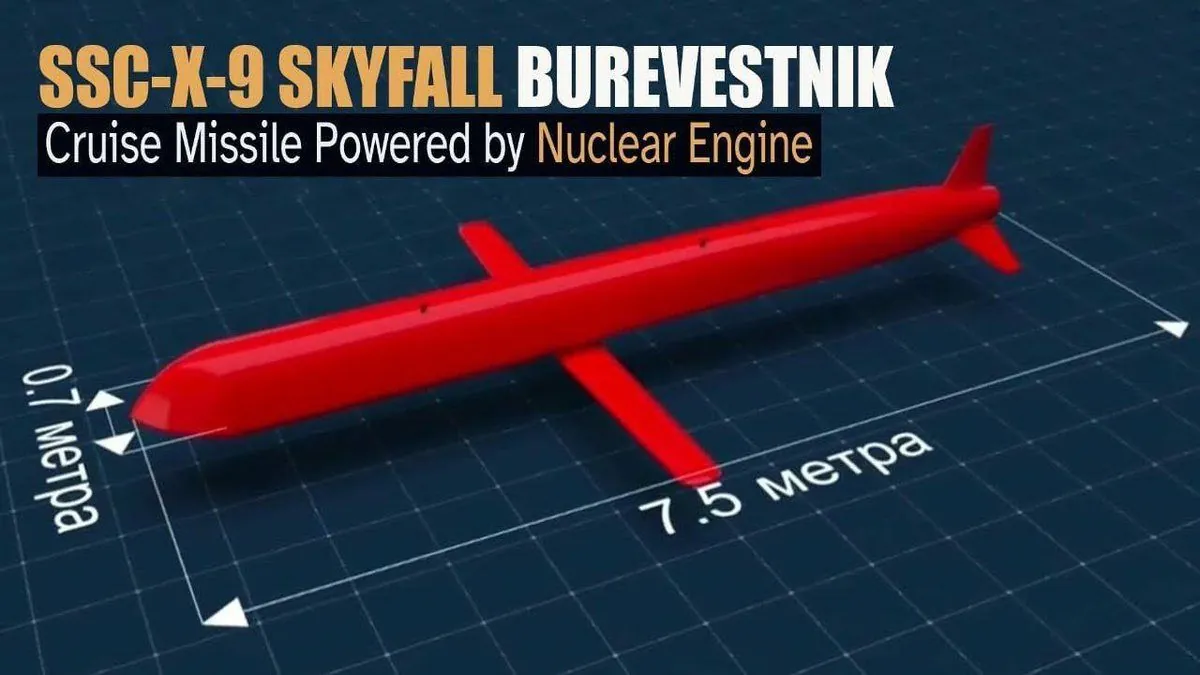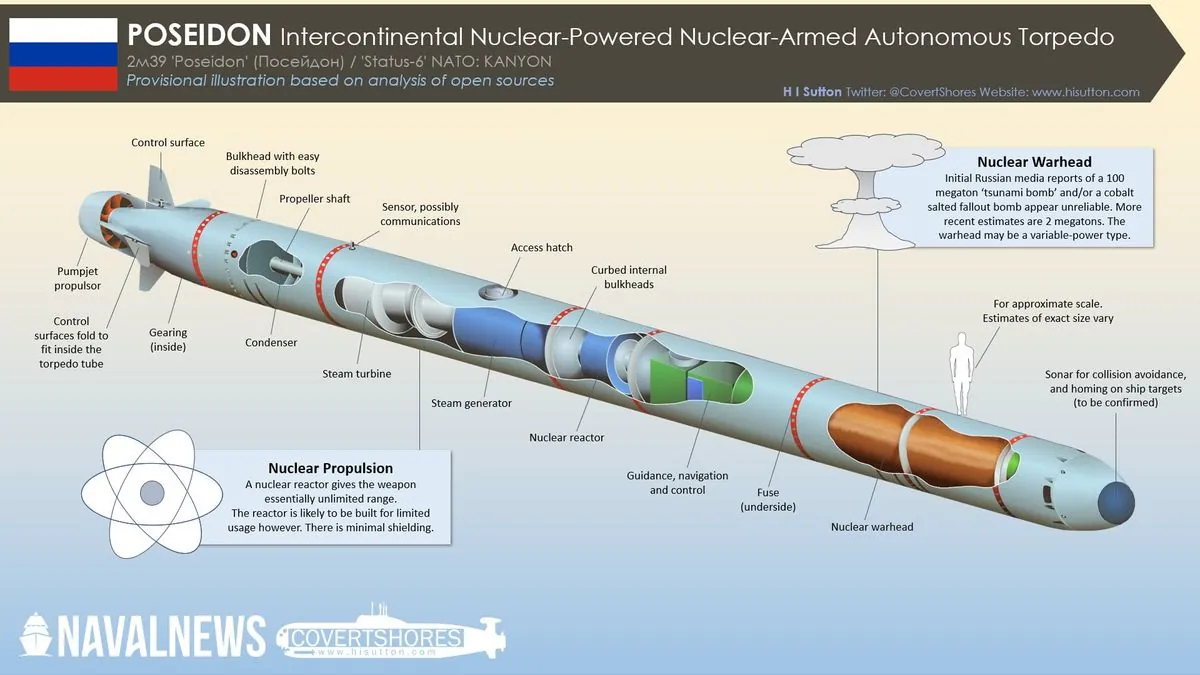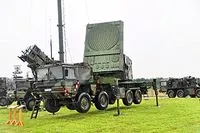Russia's Nuclear-Powered Missile: Capabilities and Limitations Unveiled
Russia's Burevestnik missile, despite its nuclear propulsion, faces technical challenges. NATO's strategic response and the missile's actual threat level are analyzed in this comprehensive report.

Recent reports have unveiled Russia's progress in developing a deployment site for its nuclear-powered cruise missile, the Burevestnik, also known as SSC-X-9 Skyfall in NATO classification. This development has sparked discussions about the missile's capabilities and potential impact on global security.
The Burevestnik missile, utilizing an unshielded nuclear reactor for propulsion, represents a significant advancement in missile technology. This propulsion system theoretically allows for extended flight times and ranges, surpassing conventional cruise missiles like the US Tomahawk, which has a maximum range of 1,550 miles.
However, experts caution against overestimating the Burevestnik's capabilities. Despite claims of unlimited range and loitering potential, the missile faces several technical limitations:
- Navigation accuracy deteriorates over long distances
- Communication challenges due to Earth's curvature
- Increased vulnerability to detection during extended flights

The missile's primary advantage lies in its ability to fly at low altitudes, potentially evading radar detection. This capability stems from its nuclear propulsion, which eliminates the need to balance fuel efficiency with altitude-related detectability.
"The Burevestnik is not a wonder weapon, and the challenges it poses for NATO security are neither new nor unmanageable."
The fixed launch sites being constructed for the Burevestnik may actually increase its vulnerability to detection and interception. This design choice contradicts the missile's supposed stealth capabilities and may pressure Russian leadership into preemptive launches during crises.
NATO's response to this potential threat involves:
- Investing in survivable military infrastructure
- Enhancing dispersion and redundancy of critical assets
- Improving detection and interception capabilities
It's crucial to note that nuclear-powered missiles are not a new concept. The United States explored similar technology in the 1950s and 1960s through Project Pluto but abandoned it due to safety concerns. These concerns were tragically validated in 2019 when a Burevestnik test resulted in an explosion, claiming the lives of several Russian scientists.
As tensions persist, it's essential to approach Russian claims about the Burevestnik's capabilities with skepticism. While the missile presents unique challenges, its actual threat level may be less severe than portrayed in propaganda. NATO's strategic response and continued technological advancements in defense systems will play crucial roles in maintaining global security balance.


































